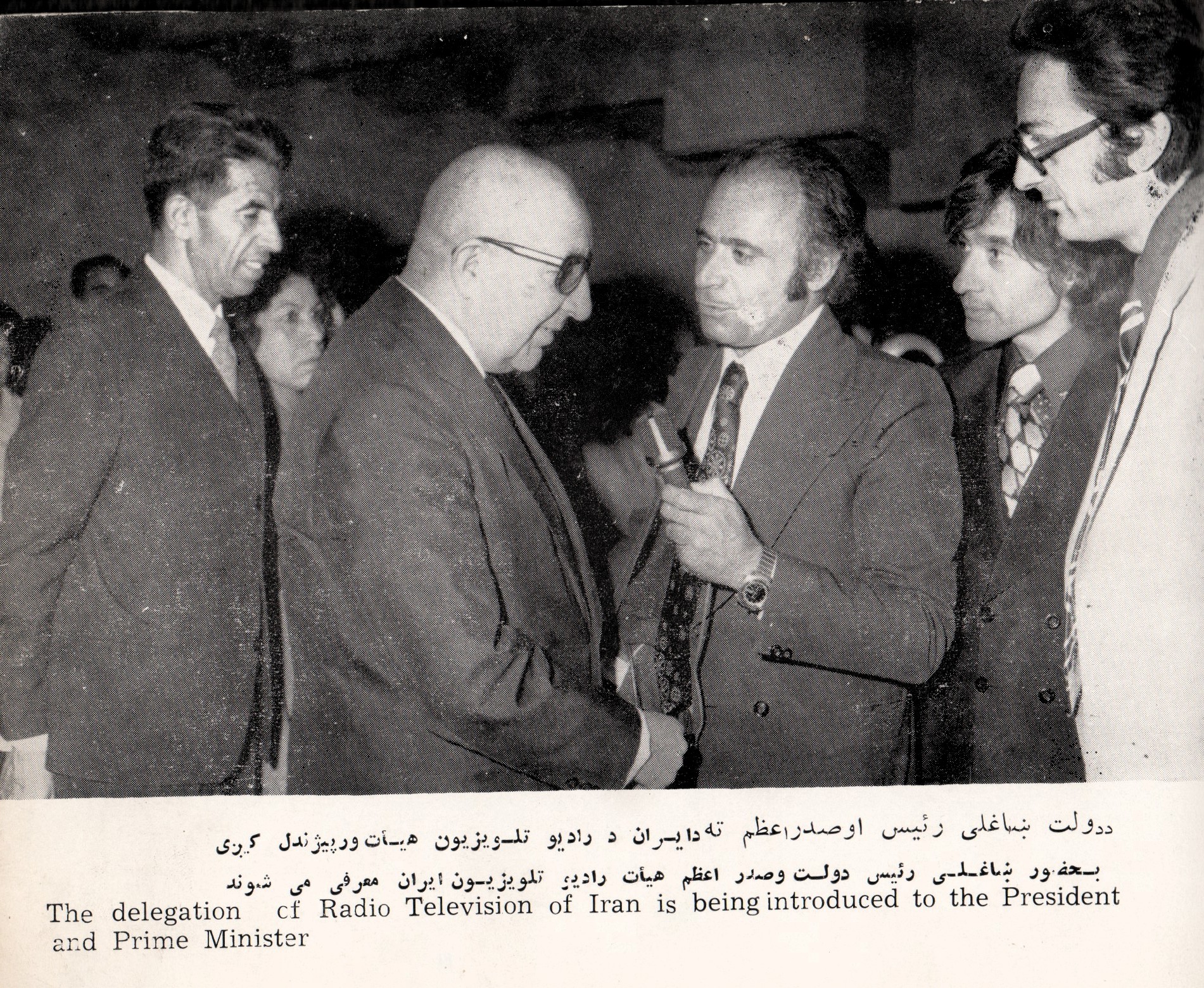|
Prime Minister Of Afghanistan
The prime minister of Afghanistan ( ps, د افغانستان لومړی وزیر; prs, رئیسالوزرای افغانستان) is the head of government of Afghanistan. The position was created in 1927 as an official appointed by the King of Afghanistan. The holder served mostly as an advisor, until the end of the Kingdom of Afghanistan in 1973. During the 1980s, the position was the head of government. The post was abolished after the US invasion that ousted the Taliban regime, after which a presidential form of government was established which lasted from 2004 to 2021. After the US withdrawal and the re-establishment of the Taliban rule, the post was revived. On September 7, 2021 the Taliban officials who exercise de facto control of most of Afghanistan announced Islamic scholar Hasan Akhund as acting prime minister in a new interim government of the recently re-established Islamic Emirate of Afghanistan. The government is subject to the oversight of the supreme lead ... [...More Info...] [...Related Items...] OR: [Wikipedia] [Google] [Baidu] |
Emblem Of Afghanistan
The National Emblem of Afghanistan has appeared in some form on the flag of Afghanistan since 1901. Historical emblems File:Emblem of Afghanistan (1901-1919).svg, Emirate of Afghanistan (1901–1919) File:Emblem of Afghanistan (1919-1926).svg, Emirate of Afghanistan (1919–1926) File:Emblem of Afghanistan (1926-1928).svg, Kingdom of Afghanistan (1926–1928) File:Emblem of Afghanistan (1928-1929).svg, Kingdom of Afghanistan (1928–1929) File:Emblem of Afghanistan (1929).svg, Emirate of Afghanistan (1929) File:Emblem of Afghanistan (1931-1973).svg, Kingdom of Afghanistan (1931–1973) File:Emblem of Afghanistan (1973–1974).svg, Republic of Afghanistan (1973–1974) File:Emblem of Afghanistan (1974-1978).svg, Republic of Afghanistan (1974–1978) File:Emblem of Afghanistan (1978-1980).svg, Democratic Republic of Afghanistan (1978–1980) File:Emblem of Afghanistan (1980-1987).svg, Democratic Republic of Afghanistan (1980–1987) File:Emblem of Afghanistan (1987-1992).svg, R ... [...More Info...] [...Related Items...] OR: [Wikipedia] [Google] [Baidu] |
King Of Afghanistan
This article lists the heads of state of Afghanistan since the foundation of the first modern Afghan state, the Hotak Empire, in 1709. History The Hotak Empire was formed after a successful uprising led by Mirwais Hotak and other Afghan tribal chiefs from the Kandahar region against Mughal and Safavid Persian rule. After a long series of wars, the Hotak Empire was eventually replaced by the Durrani Afghan Empire, founded by Ahmad Shah Durrani in 1747. After the collapse of the Durrani Empire in 1823, the Barakzai dynasty founded the Emirate of Kabul, later known as the Emirate of Afghanistan. The Durrani dynasty regained power in 1839, during the First Anglo-Afghan War, when former ruler Shah Shujah Durrani seized the throne under the British auspices. Shah Shujah was assassinated in 1842, following the British retreat. Afterwards the Barakzai dynasty regained power, eventually transformed the Emirate into the Kingdom of Afghanistan in 1926, and ruled the country (wit ... [...More Info...] [...Related Items...] OR: [Wikipedia] [Google] [Baidu] |
Saur Revolution
The Saur Revolution or Sowr Revolution ( ps, د ثور انقلاب; prs, إنقلاب ثور), also known as the April Revolution or the April Coup, was staged on 27–28 April 1978 (, ) by the People's Democratic Party of Afghanistan (PDPA) and overthrew Afghan president Mohammed Daoud Khan, who had himself taken power in the 1973 Afghan coup d'état and established an autocratic one-party system in the country. Daoud and most of his family were executed at the Arg in the capital city of Kabul by PDPA-affiliated military officers, after which his supporters were also purged and killed. The successful PDPA uprising resulted in the creation of a socialist Afghan government that was closely aligned with the Soviet Union, with Nur Muhammad Taraki serving as the PDPA's General Secretary of the Revolutionary Council. or is the Dari-language name for the second month of the Solar Hijri calendar, during which the events took place. The uprising was ordered by PDPA member Hafizull ... [...More Info...] [...Related Items...] OR: [Wikipedia] [Google] [Baidu] |
Mohammed Daoud Khan
Mohammed Daoud Khan ( ps, ), also romanized as Daud Khan or Dawood Khan (18 July 1909 – 28 April 1978), was an Afghan politician and general who served as prime minister of Afghanistan from 1953 to 1963 and, as leader of the 1973 Afghan coup d'état which overthrew the monarchy, served as the first president of Afghanistan from 1973 to 1978, establishing an autocratic one-party system. Born into the Afghan royal family and addressed by the prefix "Sardar", Khan started as a provincial governor and later a military commander before being appointed as Prime Minister by his cousin, King Mohammed Zahir Shah. Having failed to persuade the King to implement a one-party system, Khan overthrew the monarchy with the backing of Afghan Army officers, and proclaimed himself the first President of the Republic of Afghanistan. Khan was known for his autocratic rule, and for his educational and progressive social reforms. Under his regime, he headed a purge of communists in the governme ... [...More Info...] [...Related Items...] OR: [Wikipedia] [Google] [Baidu] |
Wolesi Jirga
The House of Representatives of the People, or Da Afghanistan Wolesi Jirga ( ps, دَ افغانستان ولسي جرګه), was the lower house of the bicameral National Assembly of the Islamic Republic of Afghanistan, alongside the upper House of Elders. The House of Representatives of the People was the chamber that bore the greater burden of lawmaking in the country, as with the House of Commons in the Westminster model. It consisted of 250 delegates directly elected by single non-transferable vote. Members were elected by district and served for five years. The constitution guaranteed at least 68 delegates to be female. Kuchi nomads elect 10 representatives through a Single National Constituency. The House of Representatives of the People had the primary responsibility for making and ratifying laws and approving the actions of the president. The first elections in decades were held in September 2005, four years after the fall of the Taliban regime, still under internationa ... [...More Info...] [...Related Items...] OR: [Wikipedia] [Google] [Baidu] |
|


